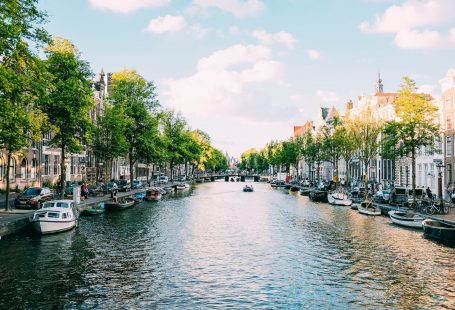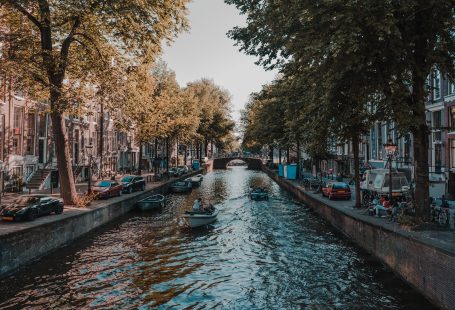What brought about changes in transportation practices in Amsterdam?
The Netherlands is a relatively small country, yet boasts an enormous population. While this can be beneficial for economic development, its size also limits government agencies’ capacity to implement policies that promote sustainable urban transport practices.
In the 1970s, Dutch authorities granted municipalities freedom to redesign their own local roads (Direction-generaal Personenvervoer, 1997). This enabled innovations that significantly changed how cars and bicycles were used throughout the country.
One example was the woonerf, which made streets smaller and narrower to make walking and cycling safer. These innovations greatly increased cycling efficiency for many people, particularly in city centers.
Another innovation was to restrict cars’ access to historic squares, creating car-free city centers. This transformed urban environments such as Utrecht and Amsterdam from places full of parked cars into places where cyclists could easily travel by foot or bicycle (Oldenziel et al., 2016).
Urban design was revolutionized during the 1970s due to a surge of activism. Social movements supported during this era countered motorization’s negative effects by emphasizing street safety and providing space for pedestrians and cyclists alike.
Although cycling advocacy fostered many innovative solutions, its decline has had major repercussions for cycling in the Netherlands. As political commitment to cycling activism diminished, funding and support of car-restrictive policies also decreased. Despite this setback, cycling advocates can still work closely with government to develop and implement initiatives to promote cycling.




